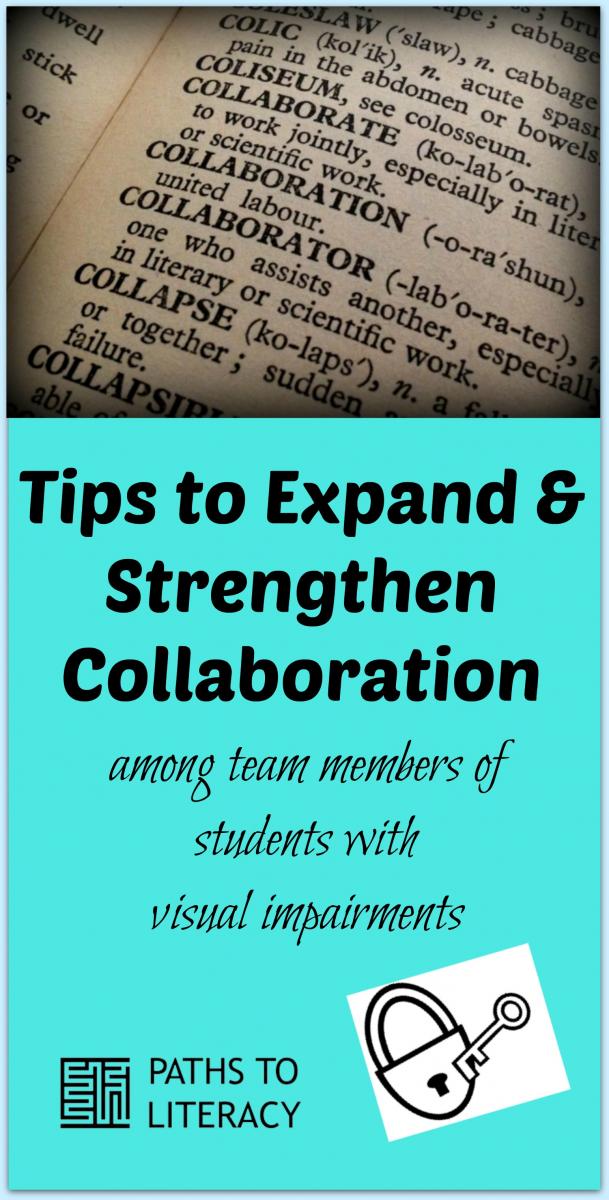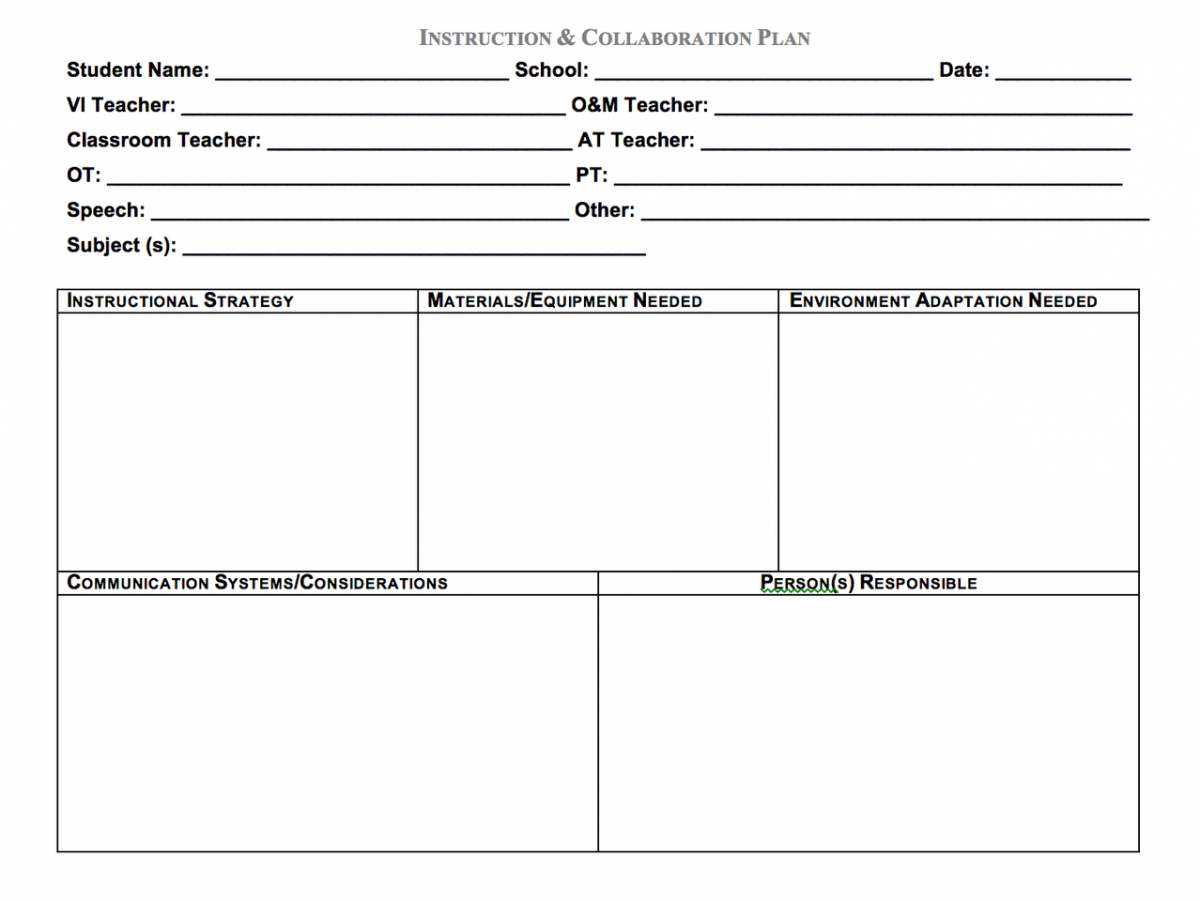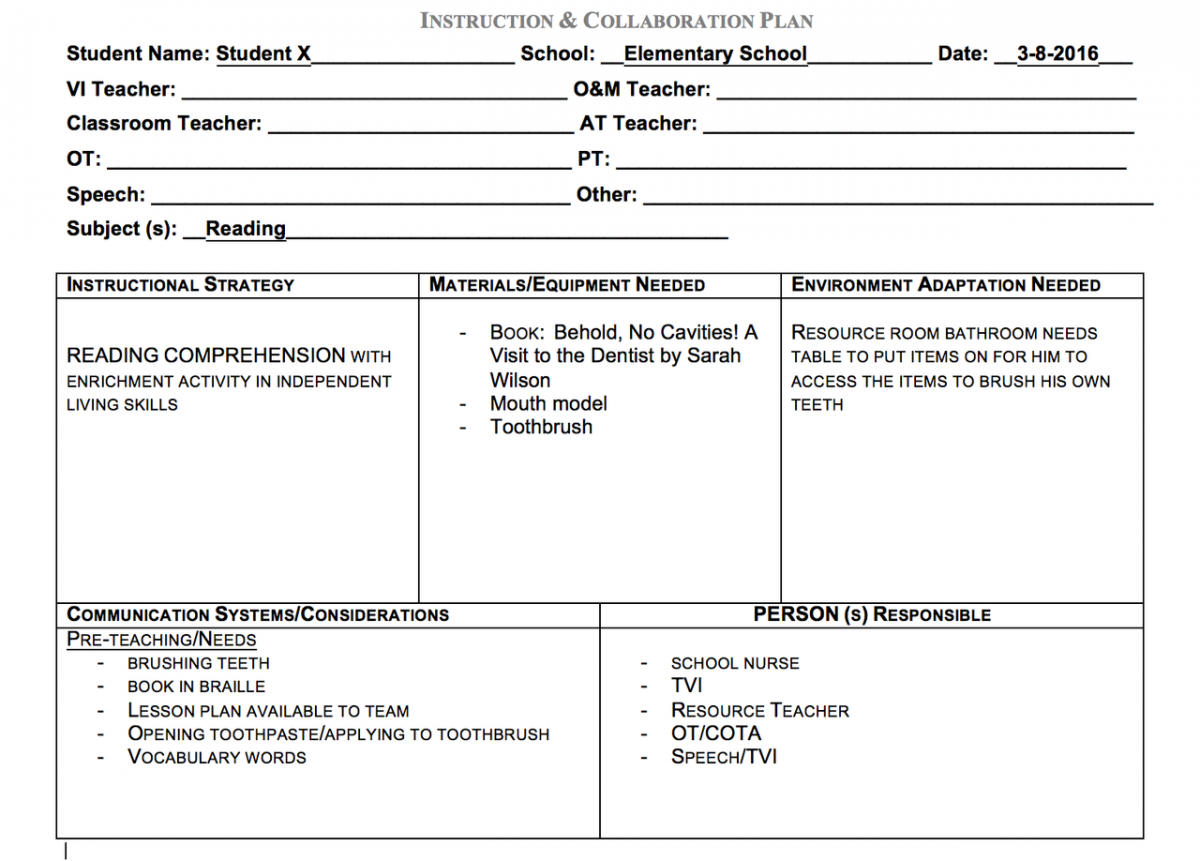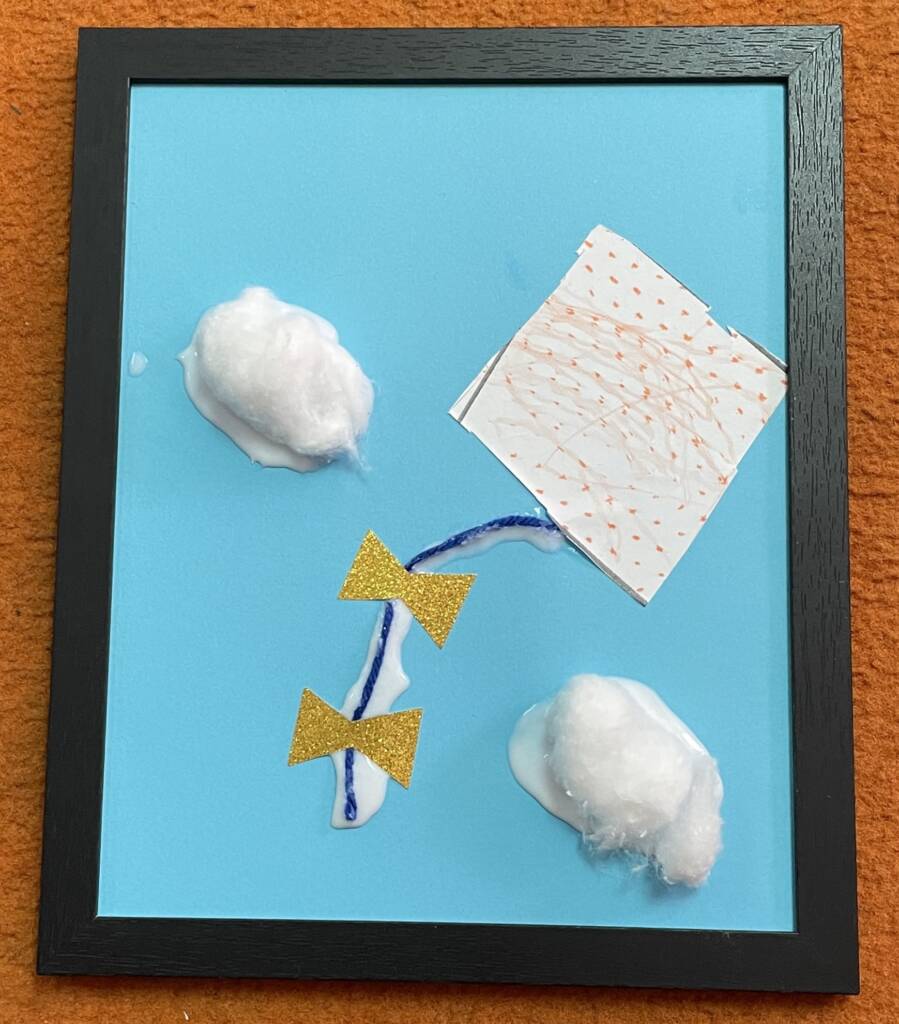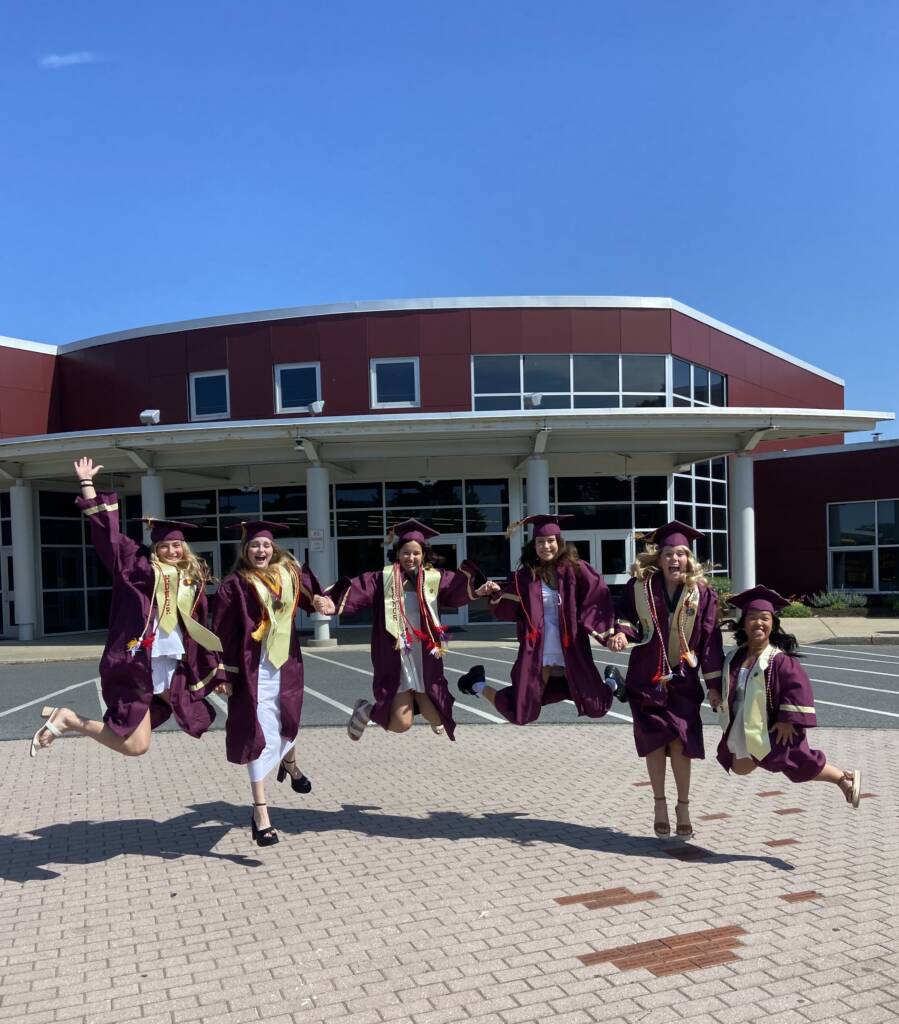Collaboration is a vital key to student success and we, as teachers, need to collaborate with other team members for the student’s benefit. This team is not limited to just the professionals on the school campus, but the parents are essential team members as well. Without parental input and support, much of what I am able to do at school would not be possible.
Tactile Tuesdays: Co-treating with Speech Therapist and OT
One example of collaboration is “Tactile Tuesday”, where the speech therapist joins the lesson to aid in vocabulary acquisition and language skills. With her assistance, the two students learning braille are meeting with success in the writing part of their lesson. Tactile Tuesday focuses on food, as both students have aversions to either touching different food items or won’t try the food at all. See Tactile Exploration of Foods.
There are three main components to Tactile Tuesday:
1) Previous Knowledge
- What do we know about _______
- Where can it be found? Have you ever tasted it?
2) Experience
- What does the container feel like? Can you open it?
- What does _____ smell/taste/sound/feel like?
3) Write about it
- Write 5-10 words describing the food item
- Write a minimum of 3 sentences about the experience
4) Homework
- Additional practice with food experience involving family; detailed instructions sent home
- Sometimes this experience also includes the OT/COTA. They help us with working on opening containers, using utensils, etc.
Different Ways to Collaborate
We don’t always co-treat to do the collaboration. Frequently we meet via email, phone calls, texts, or face-to-face, so we can discuss different activities, lessons, materials, and strategies to implement with the student. We typically share pictures of materials and lists of materials via email, and then discuss them when we meet face-to-face.
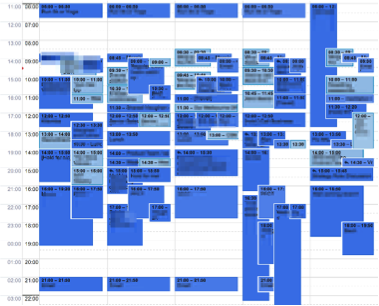
As TVIs, we can’t do it all. It’s wonderful to have a support network to help us accomplish all we need to, in order to help the student become as independent as possible. Thanks to the widespread availability of technology, collaboration is so much easier than it was in the past. With everyone’s busy calendars, trying to get everyone in the same room for a weekly or monthly meeting can become a nightmare, especially during the peak IEP meeting season!
Creating an Instruction and Collaboration Plan
I like to use a form that I found about 20 years ago that still works great! It’s called “Instruction and Collaboration Plan”. With this form, it can help us remember who is responsible for the various parts of instruction and materials. Tasks can be assigned or people can indicate their preferences. Copies can then be given to all participants. I have found this to be an extremely useful tool in keeping everyone organized and informed.
Download Instruction and Collaboration document.
